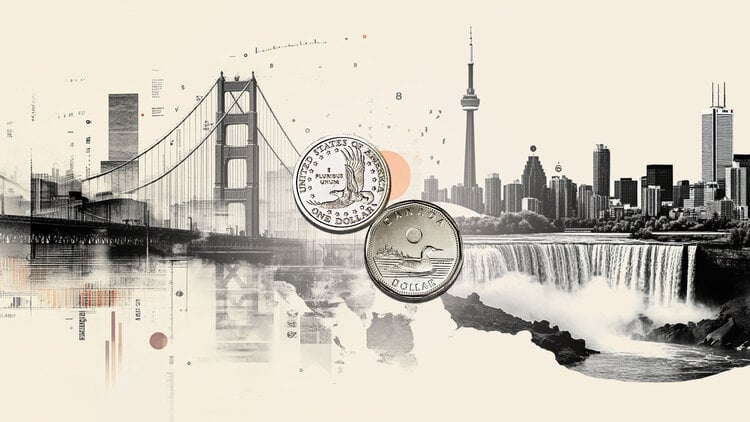- The EUR/GBP remains firm due to the increase in the feeling of risk after new Trump tariff threats.
- The BOE is expected to keep the rates without changes in June after the recent key economic data.
- The European Commission said Europe will respond to Trump’s plan to double tariffs on imported steel and aluminum.
The EUR/GBP remains stable after registering profits in the two previous sessions, quoting around 0.8430 during the first European hours on Monday. The crossing of currencies moves little due to the increase in the feeling of risk after US President Donald Trump threatened to double import tariffs on steel and aluminum, increasing them to 50% from 25%. The possible increase in tariffs generates concerns about slow growth and renewed inflation in the United States.
The sterling pound also obtains support from the growing expectations that the Bank of England (BOE) will pause the flexibility of monetary policy in June. The United Kingdom consumer (CPI) index, hotter than expected, and a solid growth in the United Kingdom retail sales data for April weakened dovish bets around the BOE policy perspective.
In addition, the International Monetary Fund (IMF) has increased its United Kingdom GDP growth forecast by 2025 to 1.2% from its previous estimate of 1.1%. The upward review occurred when the Gross Domestic Product (GDP) showed that the economy expanded at a robust rate of 0.7% in the first quarter, after the growth of 0.1% observed in the last quarter of 2024.
On Saturday, the European Commission (CE) said that Europe was prepared to respond to President Trump’s plan to double tariffs on imported steel and aluminum. The euro (EUR) can face challenges due to the increase in the demand for safe refuge in the middle of the escalation of the commercial struggle between two of the world’s greatest economic powers.
President Trump, on May 25, delayed the deadline of tariffs on EU imports from June 1 to July 9. Meanwhile, Brussels also agreed to accelerate commercial conversations with the United States to avoid a transatlantic trade war.
FAQS tariffs
Although tariffs and taxes generate government income to finance public goods and services, they have several distinctions. Tariffs are paid in advance in the entrance port, while taxes are paid at the time of purchase. Taxes are imposed on individual taxpayers and companies, while tariffs are paid by importers.
There are two schools of thought among economists regarding the use of tariffs. While some argue that tariffs are necessary to protect national industries and address commercial imbalances, others see them as a harmful tool that could potentially increase long -term prices and bring to a harmful commercial war by promoting reciprocal tariffs.
During the election campaign for the presidential elections of November 2024, Donald Trump made it clear that he intends to use tariffs to support the US economy. In 2024, Mexico, China and Canada represented 42% of the total US imports in this period, Mexico stood out as the main exporter with 466.6 billion dollars, according to the US Census Office, therefore, Trump wants to focus on these three nations by imposing tariffs. It also plans to use the income generated through tariffs to reduce personal income taxes.
Source: Fx Street
I am Joshua Winder, a senior-level journalist and editor at World Stock Market. I specialize in covering news related to the stock market and economic trends. With more than 8 years of experience in this field, I have become an expert in financial reporting.





